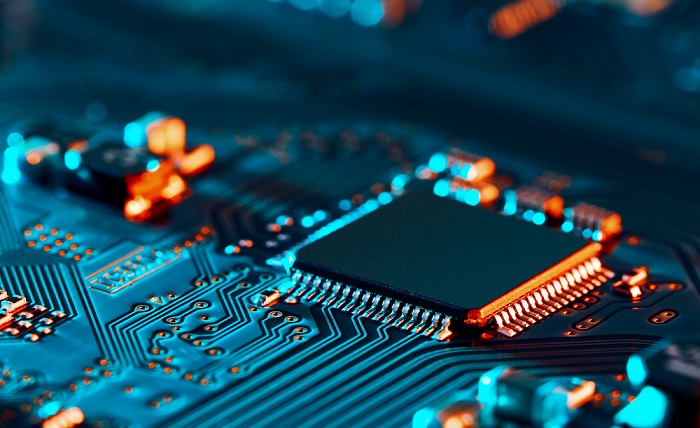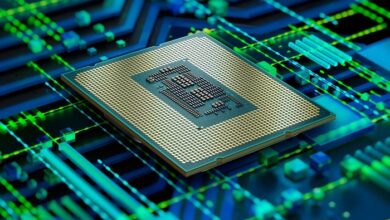Importance of a Motherboard in a Computer System

A motherboard, also known as a mainboard or system board, is the backbone of a computer system. It is a printed circuit board that houses the major components of a computer, including the central processing unit (CPU), memory, and input/output interfaces. The motherboard connects all the different parts of a computer together and allows them to communicate with each other. In this article, we will take a closer look at the different components of a motherboard and their functions, as well as the different types of motherboards available on the market today.
Components of a Motherboard:
The CPU, or central processing unit, is the brain of a computer and is responsible for executing instructions. The CPU socket on a motherboard is where the CPU is installed. The memory, or RAM, is used to temporarily store information that the CPU needs to access quickly. The RAM slots on a motherboard are where the memory modules are installed. The input/output interfaces, or I/O ports, are used to connect peripherals such as a keyboard, mouse, and monitor to the computer.
The chipset on a motherboard is a group of electronic components that control communication between the CPU and the other components of the system. The chipset also controls the speed at which data is transmitted between the various components. The expansion slots on a motherboard are used to add additional components to the system, such as a graphics card or sound card.
There are also various connectors on a motherboard, such as the power connectors, which are used to provide power to the different components of the system. The data connectors, such as the SATA connectors, are used to connect storage devices such as hard drives and solid-state drives.
Different Types of Motherboards:
There are a few different types of motherboards available on the market, each designed for a specific purpose. The most common types are ATX and Micro-ATX motherboards. ATX motherboards are the standard size for most desktop computers and offer a good balance of features and expansion options. Micro-ATX motherboards are smaller and are typically used in smaller form factor systems such as small form factor PCs and home theater PCs.
Another type of motherboard is the Mini-ITX, which is even smaller than the Micro-ATX and is designed for ultra-compact systems and embedded applications. Finally, there are Extended ATX (E-ATX) motherboards that are larger than standard ATX motherboards and offer more expansion options.
Conclusion:
In conclusion, the motherboard is a crucial component of a computer system, connecting all the other components together and allowing them to communicate with each other. Understanding the different components of a motherboard, as well as the different types of motherboards available, can help you make an informed decision when building or upgrading a computer. Whether you’re building a high-end gaming PC or a small form factor home theater PC, there is a motherboard out there to suit your needs.
Read more about Choosing Choice Home Warranty
